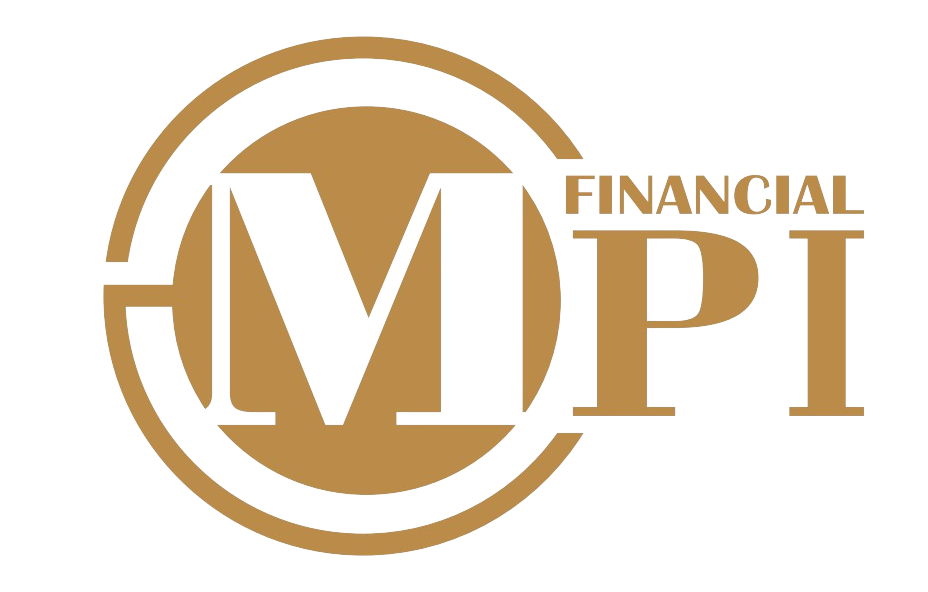RBA holds cash rate steady
- April 2, 2025
- Posted by: admin
- Categories:
In a widely anticipated move, the central bank has left the cash rate unchanged.
The Reserve Bank of Australia (RBA) has avoided any April Fools’ shocks, instead announcing that it will hold the cash rate at 4.10 per cent, in line with market expectations.
The decision – which was announced on Tuesday afternoon (1 April) – comes after the RBA lowered rates by 25 bps in February, triggering the first rate-easing cycle in more than four years.
Economists and all four major banks were forecasting the interest rate to remain unchanged after the RBA signalled a cautionary tone in recent weeks.
The RBA is working to bring inflation into its 2–3 per cent target band.
The latest quarterly inflation figures showed that the Consumer Price Index (CPI) in the December quarter remained within the RBA’s target range for the second quarter in a row. The CPI rose by 0.2 per cent, easing annual inflation down to 2.4 per cent.
The latest monthly CPI indicator revealed that annual inflation was also 2.4 per cent in the 12 months to February.
The next quarterly inflation data, which is likely to heavily influence future cash rate decisions, is released in late April.
In a statement as it announced its cash rate decision, the RBA said that it remained cautious: “The board’s assessment is that monetary policy remains restrictive. The continued decline in underlying inflation is welcome, but there are nevertheless risks on both sides and the board is cautious about the outlook.
“The board will rely upon the data and the evolving assessment of risks to guide its decisions. In doing so, it will pay close attention to developments in the global economy and financial markets, trends in domestic demand, and the outlook for inflation and the labour market.
“The board is resolute in its determination to sustainably return inflation to target and will do what is necessary to achieve that outcome.”
RBA governor Michele Bullock said that the board’s priorities were bringing inflation down and avoiding a major increase in unemployment.
“Inflation is an ongoing challenge, and we’re aiming to get it to the middle of the band of two to 3 per cent and keep it there. We judge that the cash rate is restrictive, helping us to achieve that,” she told reporters at a media conference.
Commenting on geopolitical risks, she said: “One of the things we’re cautious about is that policy unpredictability overseas could lead to slower growth. The implications for inflation here, though, in Australia, are less clear.”
Bullock said the rate hold was a consensus decision by the board and that although tariffs did not have a “specific impact” on decision making, the board had questioned what tariffs might do to economic activity globally and inflation domestically.
Broking industry reacts to rate hold
Aggregation group Connective executive director Mark Haron said the cash rate hold was the most likely outcome from today’s announcement.
“The RBA’s decision to hold rates was expected, even as recent headline inflation showed a slowdown,” he said.
“But financial pressure remains a reality for many households, and while the federal budget included measures to ease cost-of-living pressures, their impact will take time and depend on the outcome of the upcoming federal election.”
Mortgage Choice CEO Anthony Waldron said he expected more rate cuts this year.
“The Reserve Bank’s decision to keep the official cash rate on hold reflects the consistently cautious tone from board members. While I expect we’ll see another cut to the cash rate this year, the RBA will want to see the impact of the February rate cut flow through to the economy before making another change,” Waldron said.
Major aggregator Finsure CEO Simon Bednar said that a follow-up rate cut was never on the cards.
“On the back of a big spending federal budget and in the midst of a closely fought federal election campaign, the RBA has good reason to hold fire this month,” Bednar said.
“While the jobs market is steady and inflation is trending down, the RBA will want to see more evidence that inflation will remain within its 2-3 per cent target range.
“They will wait to assess the quarterly inflation data in late April. If that keeps trending down, they could make a move at the next board meeting on May 19-20, which is after the May 3 federal election.
“But the RBA will also be keeping a watchful eye on the impact of US President Donald Trump’s tariff increases on the global economy, with inflationary pressure a real concern if commodity prices increase.”
May rate cut could be on the cards
While the market near unanimously called a rate hold for April, many economists were calling the next rate drop to come in May.
- Commonwealth Bank (CBA) economists said the latest inflation data left them “with a higher conviction for a May rate cut”.
- Westpac was also forecasting the next rate drop to be in May, with a total of three more cuts this year, bringing the rate to 3.35 per cent.
- National Australia Bank (NAB) predicted the next rate cut to take place in May, followed by August and then possibly November. It expects the cash rate to be 3.1 per cent by February 2026.
- Australia and New Zealand Banking Group (ANZ) predicts one more cut in August, taking the cash rate to 3.85 per cent.
The RBA next meets on 19–20 May, shortly after the federal election on 3 May.
Resource: theadviser.com.au

